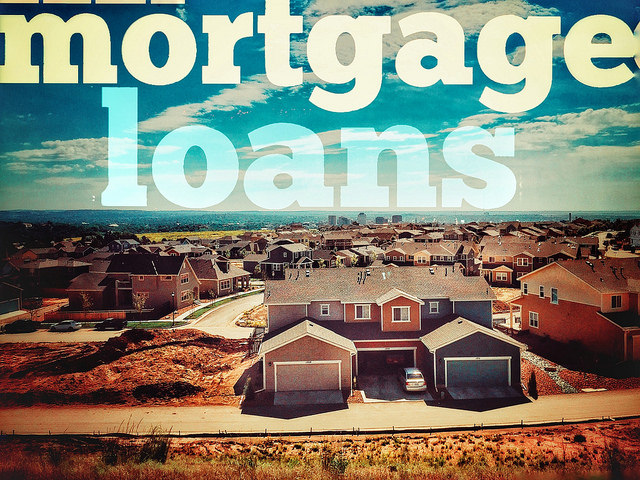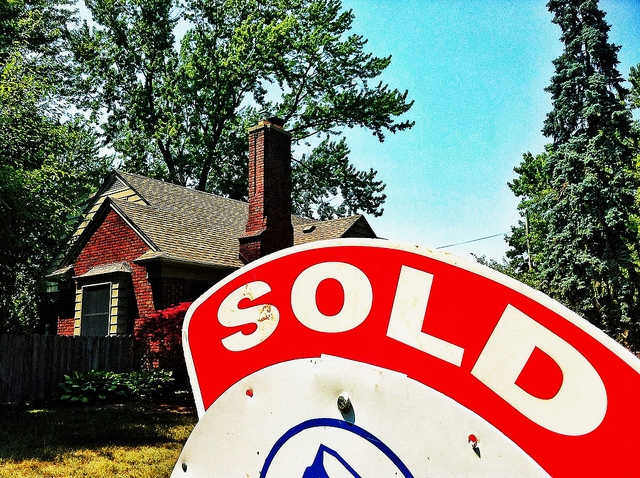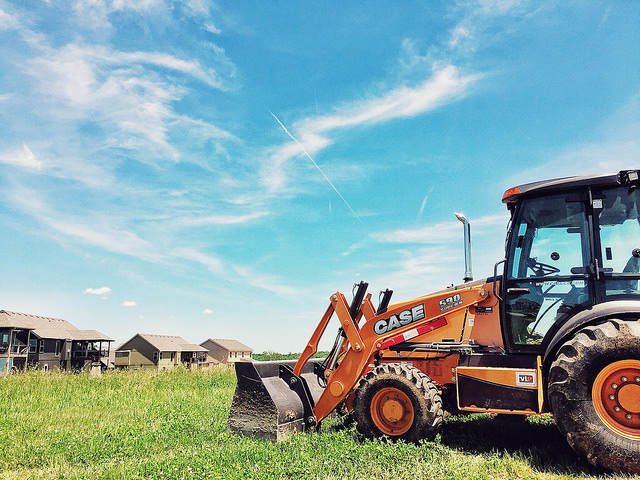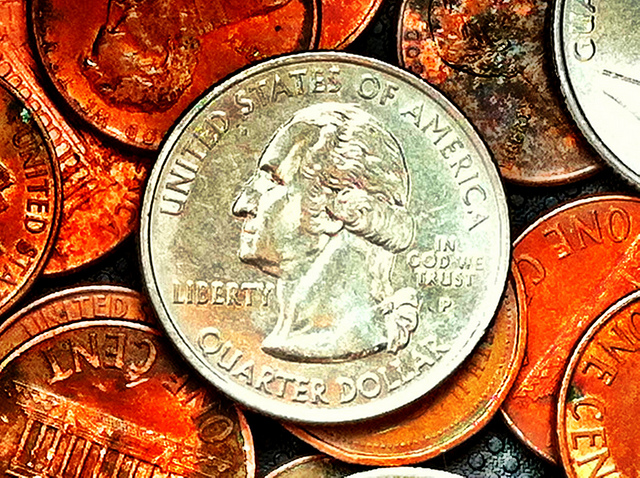In August, the number of signed contracts to buy existing homes dropped 2.4 percent from the month before. The numbers, released by the National Association of Realtors, indicate a few things important to prospective buyers and home sellers. First, because contract signings precede closings, a decreasing number of pending sales is a good indicator of where home sales are headed. That means, a drop in August may show up as an upcoming decline in the number of recorded sales of previously owned homes. But why are sales slowing? Some of it is due to the natural ebb-and-flow of the market. As the summer season comes to a close, sales typically slow down. The other reason is inventory. Currently much of the country has a lower-than-usual number of homes for sale. That means, fewer choices for buyers and more upward pressure on prices. Lawrence Yun, NAR’s chief economist, says this is causing the housing market’s momentum to slow. “Contract activity slackened throughout the country in August except for in the Northeast, where higher inventory totals are giving home shoppers greater options and better success signing a contract,†Yun said. In fact, the Northeast saw a 1.3 percent increase in contract signings, while the Midwest, South, and West all saw declines. More here.













